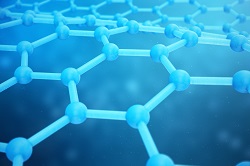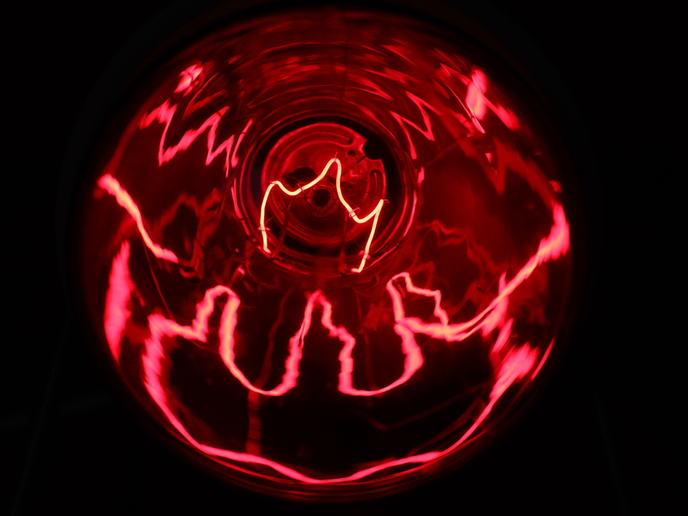Surface chemistry between graphene and ionic liquids
Graphene, a single layer of carbon atoms, is an attractive electrode material for supercapacitors because of its high surface area and high electronic conductivity. Similarly, ionic liquids are outstanding candidates owing to their high electrochemical stability. However, how the ionic liquid electrolytes interact with carbon material is still not well understood. Within the EU-funded project GRAPHIL(opens in new window), scientists investigated how changes in the structure of ionic liquid electrolytes can affect the electronic structure of graphene, which in turn influence the efficiency of energy storage devices. “Identifying how the charged ions and length of the alkyl chain attached to either of these ions bind to the electrode surface is very important for boosting the capacity and efficiency of energy storage systems,” notes Dr Gangamallaiah Velpula. Better materials for energy storage Electrochemical capacitors, also known as supercapacitors or ultracapacitors, store electrical energy via reversible adsorption of ions on the surface of the electrodes. In these devices, the electrolyte forms an ionic conductive connection between the two electrodes. Amongst the carbon materials, graphene potentially has the highest surface area, which can significantly increase the specific capacitance. However, it is difficult to understand how ions (both anions and cations) are transported and interact with the graphene electrodes. GRAPHIL researchers have provided fundamental insight into the detailed structure of ionic liquid thin films in contact with graphene and graphite and how they impact the electronic structure of the graphene. The study provides scientists with knowledge on how to develop more appropriate materials for energy storage devices. In addition to their wide electrochemical window, ionic liquids possess exceptional physicochemical properties such as high thermal stability and nonflammability. These properties make them suitable electrolytes for batteries. “Thermal runaway remains one of the most significant risks related to the use of lithium-ion batteries in energy storage or vehicle applications. Undesired reactions between the battery components and the liquid organic electrolyte causes the battery to suffer an exothermic reaction, causing more and more heat to be generated that can eventually lead to fire or explosion,” explains Dr Velpula. Non-flammable ionic liquid electrolytes can help overcome safety concerns related to the use of lithium-ion batteries. Anion size matters Researchers mixed graphene with the ionic liquid containing negatively and positively charged ions. In the first case, the cation used was imidazolium and the anion was the large and weakly associating bis(trifluoromethylsulfonyl)imide (Tf2N), whereas in the second case, the anion was the small and strongly associating tetrafluoroborate (BF4). Using atomic force microscopy, Raman spectroscopy and molecular simulations, the team analysed the thin layer forming on graphene and graphite and assessed the influence of the interfacial structure of the ionic liquids on the electronic structure of graphene. Results showed that the anion size can change the molecular arrangement of the liquid cations and anions on the graphene surface. For example, the combined use of Tf2N and imidazolium causes the latter to adsorb on to the electrode surface. In contrast, in ionic liquids containing BF4, both the charged particles are more likely to adsorb on to graphene. Unlike anions, cations were found to play a minor role on the ionic liquid nanostructure at their interface with the electrode. In particular, the ionic liquid containing non-aromatic pyrrolidinium cation and Tf2N exerted a mild influence on the graphene properties; specifically, the cation with longer alkyl chains. This can be attributed to charge delocalisation, which is less common in the case of pyrrolidinium than in the case of imidazolium. GRAPHIL’s fundamental information on the surface chemistry between graphene and ionic liquids will be valuable in the engineering of the interface structure, which in turn will affect efficiency of energy storage devices.







